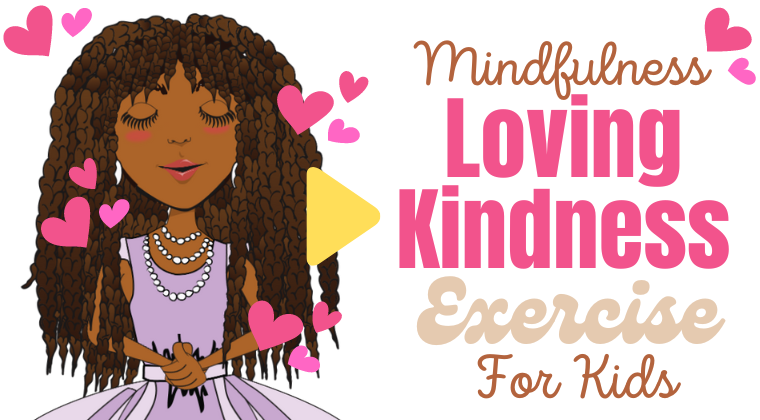You're Only One Minute Away
... From your child beginning an absolutely magical practice.
I get it. Kids don't want to sit around "stilling themselves" and breathing. They want to go, go, go 'til the goin' don't go no mo'. So I have a proposition for you: Just One Minute a Day.
Here are 3 Sneaky Benefits of a One-Minute Mindfulness Practice:
1. It can create a habit.
As stated, your child may scoff at sitting down for five minutes just to "breathe." But perhaps they will, even grudgingly, grant you one. One is all you need, momma! Because one-minute a day will help your child develop the habit of taking time out to be mindful. Once that habit's formed, they'll be pausing, connecting and breathing, unprompted by you.
2. It can create stamina.
A friend of mine went from couch pillow (she has way more elegance than a potato) to half-marathon-running gazelle by adding just one mile every week to her training. Your child can go from information-overloaded (not their fault), to focused practitioner, by adding one minute a week to their session. Even adding one minute a month will have them sitting in stillness for 12 full minutes in a year. Imagine the clarity and focus that could bring to their life.
3. They don't have to "get it" or "perfect it" to benefit.
Benny*, age 8, started with this 6 minute mindfulness video, which includes a reflection on a quote by Ralph Waldo Emerson, mindful breathing, and a happiness visualization.
He didn't sit with his back straight (far from it, he kind of laid angled and haphazard over a pillow). He didn't pick one specific person to visualize (there were too many people that made him happy to just think of one). He just followed along to the best of his ability.
Afterwards, when I asked him what he thought of it, he said:
"I liked it. It made me feel calm."
Children don't have to be perfect at mindfulness to reap the benefits. They don't have to grasp the point. They know when they feel centered, relaxed, and focused -- even if, at first, they are happily clueless as to what caused it.
So let's press this easy button!
In other words... play. Today's video is a One-Minute Breathing Exercise for kids where your child will focus on feeling the feeling of love (with a super quick explanation to get them started off right). And it comes with these fun mindfulness coloring sheets!
Toss it on, follow along, and then have a date-sweetened cookie (whatever that metaphorical cookie is for you), because you deserve it!
P.S. If you are interested in more mindfulness videos, be sure to grab your FREE Mindfulness for Children Starter Kit gift! There, I share mindfulness and meditation videos, color sheets, and more!







